Spices to Have in Your Pantry
Spices are the secret ingredients that transform any dish from ordinary to extraordinary by adding a new depth of flavor. Having a well-stocked pantry filled with various spices will enhance the flavors of your meals and open up a world of culinary possibilities for all home cooks. As someone who preps for emergencies and wants healthy and delicious meals, check out these spices to have in your pantry. How To Stock A Pantry
It’s a good time to look through your spices, see if you need to replace any of your favorites, and consider adding new ones you haven’t used before. Spice Rack Organizer

Spices to Have in Your Pantry
1. Cumin
Cumin is a versatile spice often used in Indian, Mexican, and Middle Eastern cuisines. Its warm, earthy flavor adds depth to curries, chili, and roasted vegetables. Toasting whole cumin seeds before grinding them releases their aroma and intensifies their flavor. I have found ground cumin to be a welcome addition to many of my meal recipes.
2. Paprika
Paprika is a vibrant red spice made from dried and ground peppers. Its heat levels range from mild to hot. This spice is commonly used in Hungarian and Spanish dishes, adding a rich, smoky flavor and a beautiful color to stews, soups, and rice dishes.
3. Garlic Powder
Garlic powder is a convenient alternative to fresh garlic, especially when you don’t have time to peel and chop the garlic cloves. It adds a savory, umami flavor to marinades, rubs, and sauces. Remember to use it sparingly, as it can easily overpower other flavors.
- 11 Things Every Pantry Needs To Cook From Scratch
- How To Get Rid Of Pantry Moths
- How to Stock Your Pantry for Under $100
4. Cinnamon
Cinnamon is an aromatic spice that pairs well with sweet and savory dishes. It’s commonly used in baking, oatmeal dishes, and desserts, but it can also flavor stews, curries, and roasted vegetables. Cinnamon: Everything You Need to Know
5. Chili Powder
Chili powder blends ground chili peppers and spices like cumin, paprika, and garlic powder. It adds a kick of heat and a complex flavor to chili, tacos, enchiladas, and even chocolate-based desserts.
6. Oregano
Oregano is a staple herb in Mediterranean and Italian cuisines. It has a robust and slightly bitter flavor that pairs well with tomatoes, pasta dishes, pizzas, and roasted vegetables. Opt for dried oregano, which has a more concentrated flavor than fresh oregano. You’ll find that many dried herbs have the same effect.
7. Turmeric
Turmeric is a vibrant yellow spice commonly used in Indian and Southeast Asian cuisines. It has a slightly bitter flavor and a warm, earthy aroma. Besides adding color to dishes, turmeric offers numerous health benefits due to its powerful antioxidant and anti-inflammatory properties.
8. Ginger
Ginger adds a refreshing and zesty flavor to both sweet and savory dishes. It’s commonly used in stir-fries, curries, marinades, and baked goods. Fresh ginger can be grated or minced, while ground ginger is a convenient option for baking.
9. Black Pepper
Black pepper is one of the most widely used spices around the world. Its pungent and spicy flavor enhances the taste of almost any dish. Use freshly ground black peppercorns for maximum flavor, and don’t be afraid to experiment with different types like Tellicherry or Malabar pepper.
10. Coriander
Coriander seeds have a warm, citrusy flavor that enhances sweet and savory dishes. They are commonly used in Indian, Middle Eastern, and Mexican cuisines. Toasting and grinding whole coriander seeds enhances their fragrance and adds depth to curries, soups, and roasted meats.
11. Smoked Paprika
Smoked paprika is a variety of paprika that has been smoked over an open flame, giving it a distinct smoky flavor. It adds a delicious depth to marinades, rubs, and barbecue sauces. Sprinkle it on roasted potatoes or season grilled meats for a smoky kick.
12. Cardamom
Cardamom is a highly aromatic spice with a unique flavor profile that combines floral, citrusy, and slightly spicy notes. It is widely used in Indian, Middle Eastern, and Scandinavian cuisines. Ground cardamom is perfect for adding warmth to baked goods, coffee, and chai tea.
13. Nutmeg
Nutmeg is a versatile spice that adds so much to sweet and savory dishes. It pairs well with dairy-based recipes like creamy pasta sauces, custards, and eggnog. Grate fresh nutmeg for the best flavor, and be cautious, as a little goes a long way.
- The Best Canned Vegetables to Keep in the Pantry
- 10 Pantry Items You Don’t Need
- The Pantry Needs These Simple Items
14. Bay Leaves
Bay leaves are aromatic leaves commonly used in soups, stews, and braised dishes for their subtle earthy flavor. They add complexity and depth to slow-cooked recipes. Remember to remove the bay leaves before serving, as they are not meant to be eaten.
15. Allspice
Despite its name, allspice is not a blend of spices but a single spice with a flavor reminiscent of cinnamon, cloves, and nutmeg. It’s commonly used in Caribbean and Middle Eastern cuisines, adding spice to jerk chicken, curries, and baked goods.
16. Mustard Seeds
Mustard seeds come in various colors, including yellow, brown, and black. They have a pungent and slightly bitter flavor, adding depth to pickles, marinades, and salad dressings. Toasting mustard seeds before using them releases their aroma and enhances their flavor. This will become one of your favorite spices in your pantry, and every home cook should have it on their shelves!
17. Garam Masala
Garam masala is a traditional Indian spice blend made from a combination of ground spices like cardamom, cinnamon, cloves, cumin, and coriander. It adds warmth and complexity to curries, lentil dishes, and roasted vegetables. Consider making your garam masala blend for a personalized touch.
18. Cayenne Pepper
Cayenne peppers belong to the same plant family as tomatoes, potatoes, and eggplant. They are chili peppers and will have a moderately hot and spicy flavor. Cayenne pepper has several health benefits, including the reduced need for salt in recipes.
19. Basil
Often called sweet and great basil, this culinary herb is a tender plant used worldwide by cooks in various cuisines. Basil is part of the mint family and is grown for the use of its aromatic leaves. It is thought to be native to India and is used as both a dried and fresh kitchen herb to bring out flavor in fish, meats, sauces, and salads. I use Sweet Basil in my soups; it’s so good.
20. Onion Powder
Onion powder is a spice that can be homemade by dehydrating and grinding onions. Most commonly, it is a commercial product that most cooks use for seasoning. It can be made from white, red, and yellow onions. Another variety is called onion salt, which is made by mixing onion powder and salt.
21. Red Pepper Flakes
Sometimes called crushed red pepper, red pepper flakes are a spice or condiment made from dried and crushed red chili or cayenne peppers. You often see them on the table at your favorite pizza parlor as something you can sprinkle on that slice of pizza for a unique additional flavoring.
22. Taco Seasoning
I wanted to add this item since we eat a lot of tacos and use taco seasoning to make them extra special. You can make this seasoning at home with many of the spices listed above, including chili powder, ground cumin, paprika, salt and pepper, garlic powder, onion powder, dried oregano, and red pepper flakes.
23. Herbes de Provence
Herbes de Provence is a French herb blend that typically includes thyme, rosemary, marjoram, oregano, and lavender. It adds a fragrant touch to roasted meats, vegetables, and sauces. This is one of the most important spices to have in your pantry.
24. Other Spices to Consider
As mentioned in item 23 above, there are a few other spices to consider adding to your spice rack, spice drawer, spice cabinet, or pantry shelves. Thyme, rosemary, lavender, dill, curry powder, and marjoram are also spices many cooks rely on to add a unique flavor to meals.
Be willing to experiment with the spices discussed in this post and find those you like and your family requests.
More Tips
- Top Herbs That Work Great for Healing
- 33 Essential Spices I Recommend Stocking Up On
- 25 Items I Recommend For Your Spice Rack
Final Word
With these additional spices in your pantry, your family and meal guests will be super happy! Store your spices in a cool, dark place to preserve their flavor and potency. Fresh is always best, so inspect your spice containers occasionally and discard those that have passed their “use by” date. May God Bless this World, Linda
Copyright Images: Assortment of Spices Depositphotos_30884485_S by Belchonock

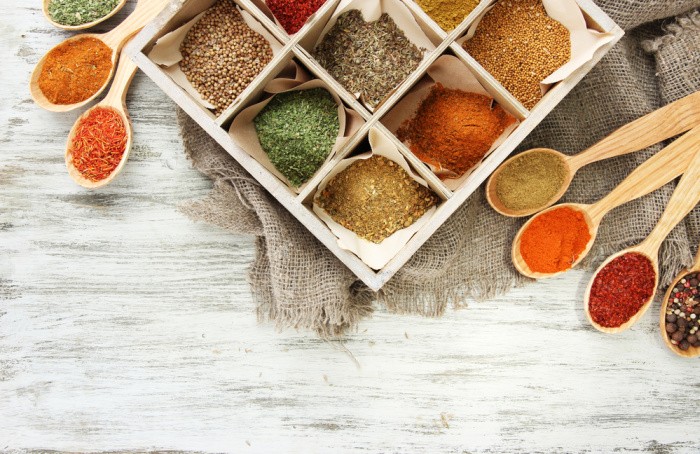

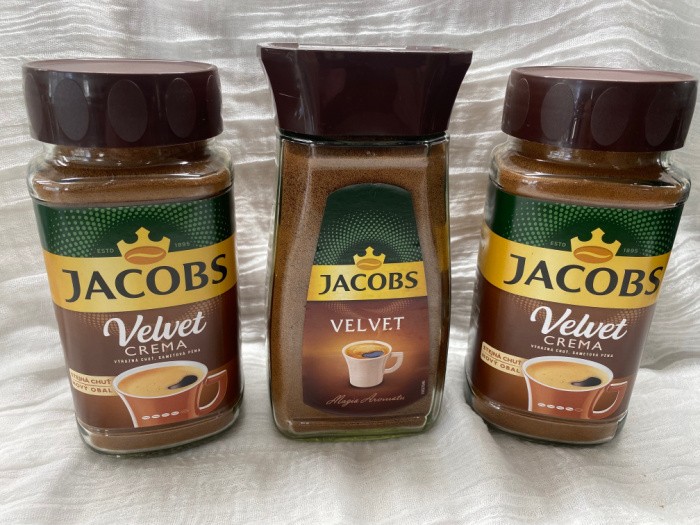



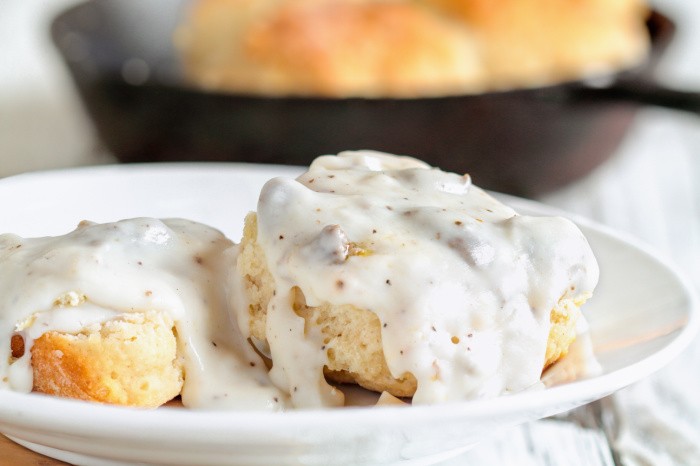

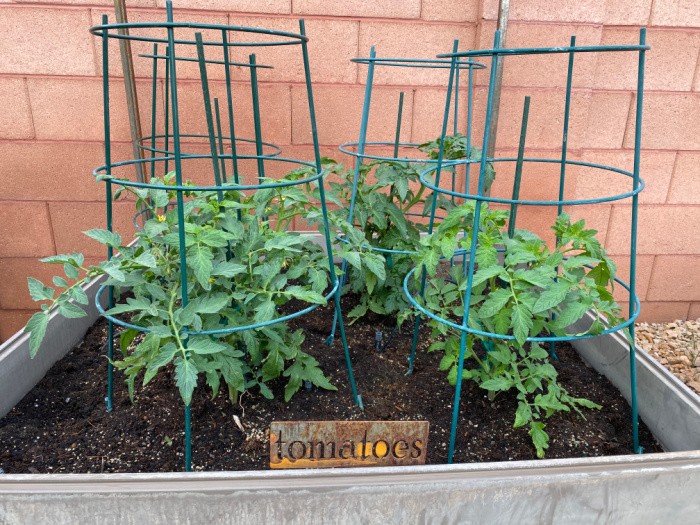
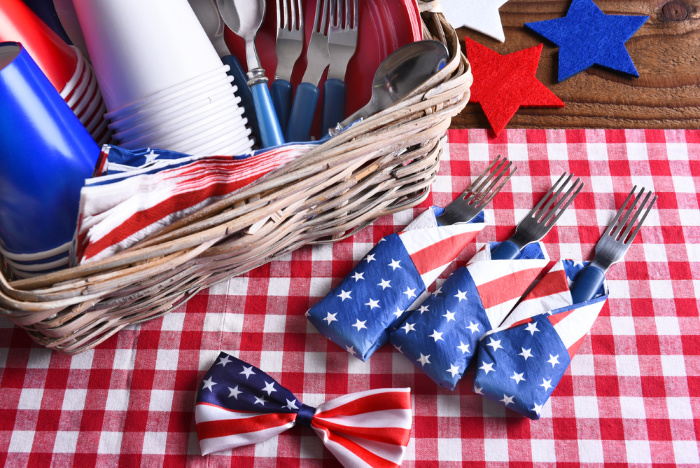
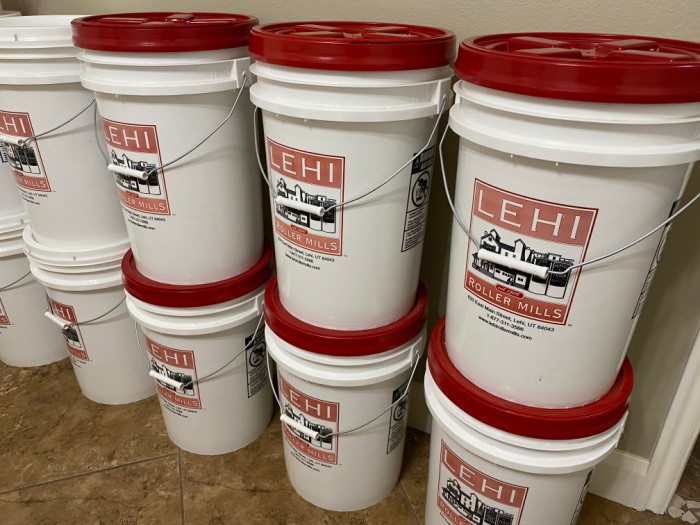
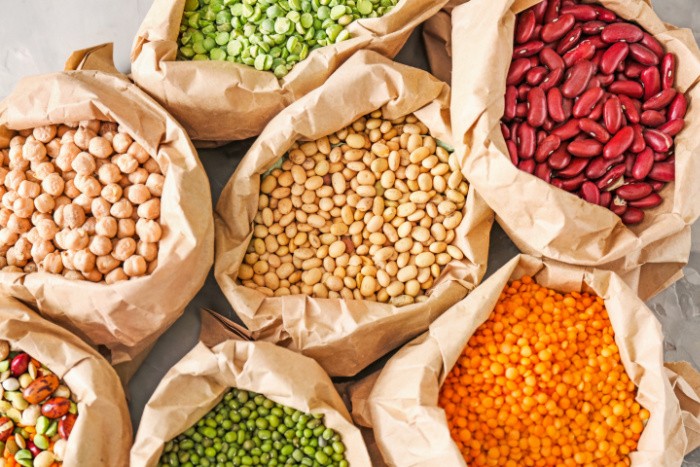

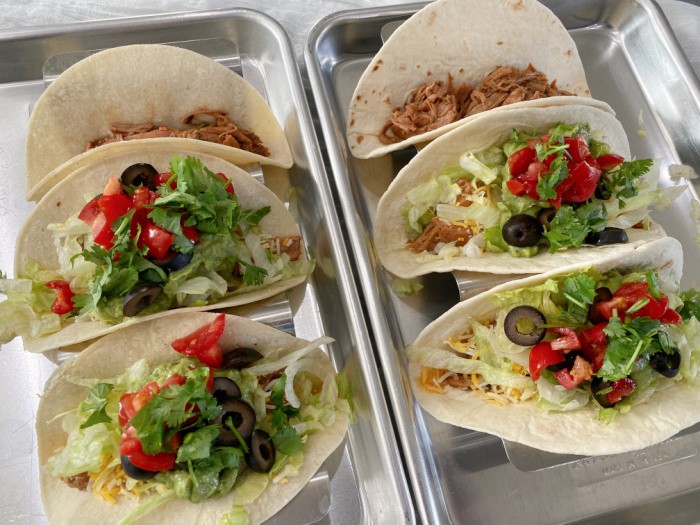
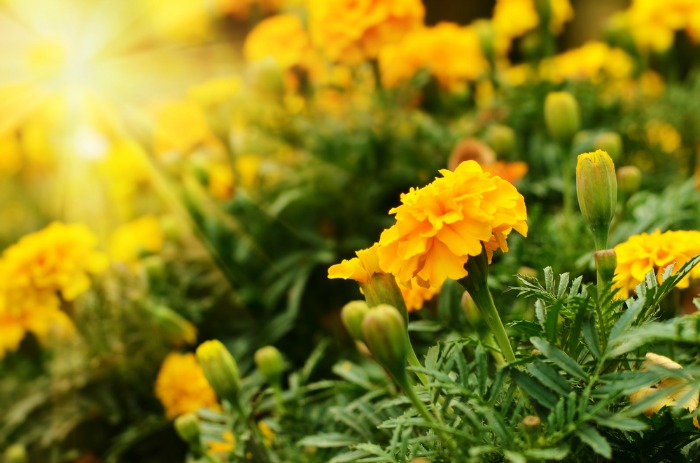
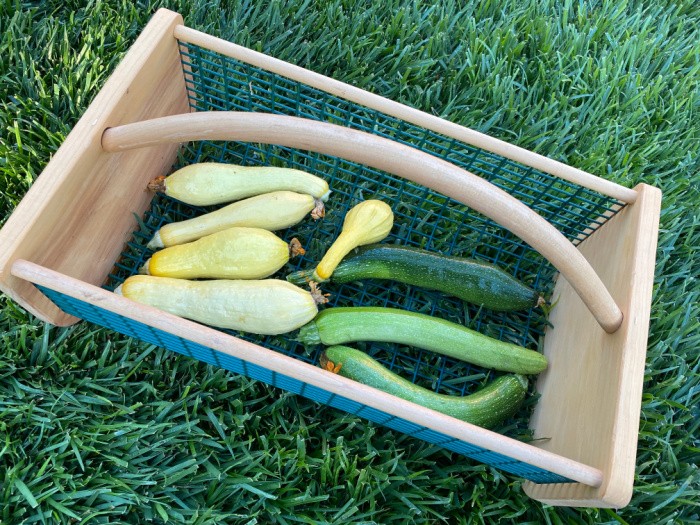
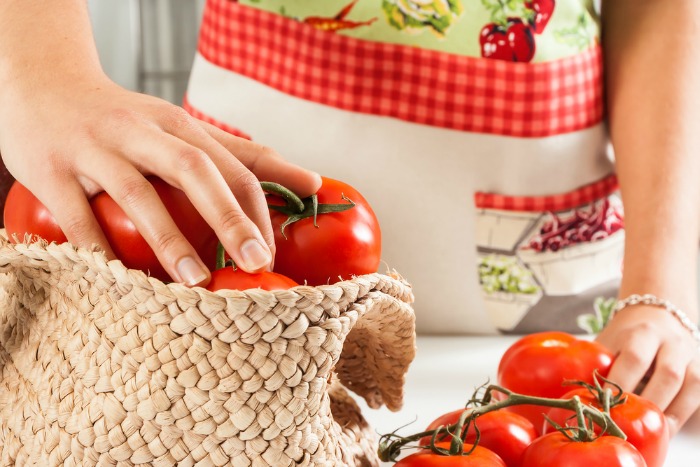
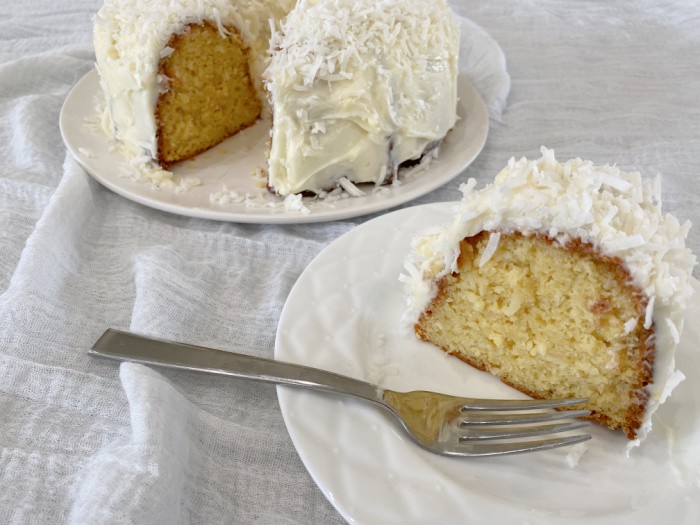
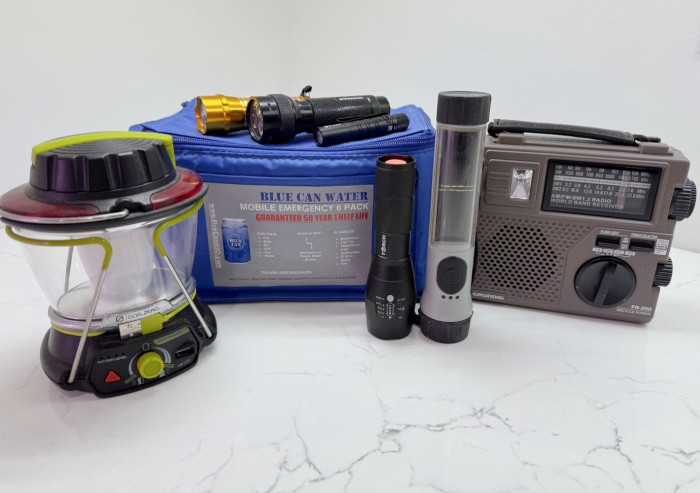
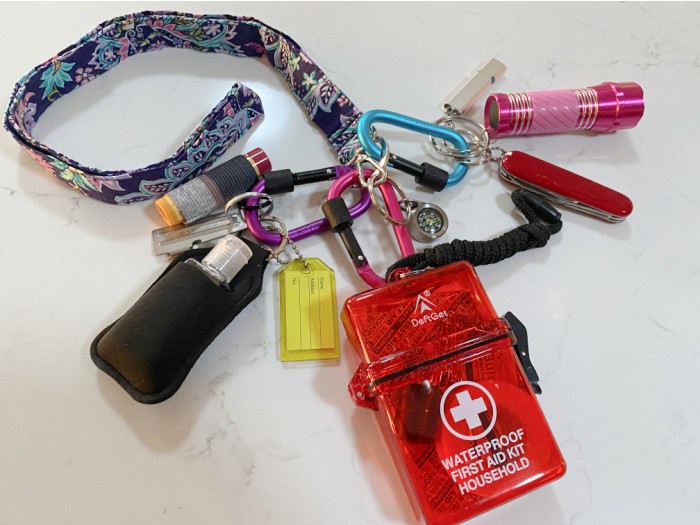
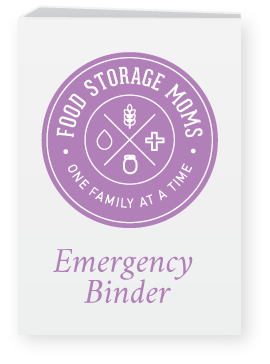
Thanks, Linda –
I like to go to the bulk section in grocery stores for my spices. That way I can buy small quantities. I remember one time I needed 5 cloves for a recipe! I didn’t want to spend the money for a bottle of cloves that I didn’t have any other purpose (aka recipes). So, I hit the bulk section at my local store and purchased 5 cloves – it didn’t even register on the scale at the checkout!! But they had a $0.25 minimum! As it ended up, I didn’t care for the results from the recipe, so I didn’t waste money on a whole bottle of cloves!
With the price of spices, I would like to know a good way to store them, so they last a lot longer. I do have several like cinnamon, nutmeg and coriander that I have in whole form. I grind those as I need them but there are others that just don’t come in whole form!
Hi Leanne, I love your story about the 5 cloves!! I totally agree on the expensive price of spices! When I was raising my family I bought the large jars of spices, not anymore, they do in fact go rancid, some of them. I learned this when a Bosch store asked me to teach people how to make bread, cinnamon rolls, dinner rolls, and how to dehydrate food. I worked there for a couple years it was so fun, I got “paid” in nice small appliances. Anyway, I also was privy to invitations to the Chefs they invited to their classes. Every Chef said you must have fresh spices. Well, I can guarantee you some of mine are not fresh but I use them until I open the jar and I can’t smell anything. It’s a personal thing, I have so many spices I cannot store them in the freezer, if that would extend the life of them. LOL! Linda
Leanne: I once studied under a famous Certified Natural Health Professional professor who had his own thriving tincture business. He said to use the vac. sealer with the adapters for canning jars (or, as Linda has taught us, the Dicorain appliance). Either way, you would put how much dried herb or spice that you want into the canning jar, vac. seal it, place the bottle inside a brown paper bag to keep the light out, label it, and store it in a cool, dark area. He always claimed that your herbs and spices would last like fresh for 5 years that way. I have done that for decades!
I buy most of my herbs and spices in 1# mylar bags from Frontier Wholesale Club, so they are not that expensive that way, even if you buy them in kitchen sized small glass bottles. Sometimes I sincerely cannot use up that quantity before it goes stale, though. In that case, you can even buy them in 4 oz. bags from Mountain Rose Herbs or in small glass bottles. It depends upon what you want or need.
I have even been known to buy the herbs to make a homemade version of Byron White’s ABab tincture for sufferers of Lyme disease and Babesiosis. My husband takes a couple of drops/day of the tincture I make for him from that collection of herbs. The only issue is that one or two of the herbs are from overseas, so they take awhile to show up from Malaysia or wherever. I buy those from suppliers on eBay, and they actually send me decent herbs/spices!
Our doctor, who is also a specialist in Lyme disease, told us that he should take a few drops of the tincture everyday for the rest of his life, as he had both Lyme and Babesiosis very badly years back. The blood clots in his lungs from the Babesiosis nearly killed him!!! He does well with my homemade tincture, though, and always pesters me to make more when his supply is starting to get low.
My Botanical Medicine professor from years back told me just to put all the herbs into the bottle in equal parts (since I didn’t know the proper proportions) and it would still work. It does! I just use Potato Vodka as the menstruum (the solvent), as we have to do gluten free…Potato Vodka comes from Poland, I believe.
Here is a great tutorial on making your own tinctures at home, though there are tons more guides on the internet: mountainroseherbs.com/guide-tinctures-extracts.
I hope this helps someone!!!
Jess –
Thank you for your reply. I purchase all of my herbs from Mountain Rose or I grow my own. I make a few tinctures as well as make my own oxymels. I think the issue I have is with spices like cloves, cinnamon, etc. I now purchase whole spices (several) and grind my own as I need them. I have 2 small coffee grinders dedicated to grinding spices and herbs (one for spices and one for herbs). I labeled then so I don’t mix things up!!
As for spices, I still tend to purchase some in the bulk section of my local store if I only need a tiny amount for a recipe I want to try. That way, if I don’t like the results, I don’t have a lot left over – as in the recipe that I purchased 5 cloves!! I rarely use cloves at all so being able to purchase just what I needed was a money saver. I only purchase cinnamon in sticks and grind my own – fresher that way even if the cinnamon sticks are aged.
I also make my own vanilla. I found a really great place to purchase vanilla beans at a greatly reduced price. The beans are not “fresh” and they are not pretty but significantly less expensive than the pretty ones! And I found that the vanilla was ready in 1/2 the time that the pretty ones make!! I just checked the website, and the vanilla splits are $24.99 for enough to make 1 pint of vanilla.
use this website: gneissspice.com/products/vanilla-splits
I have a vacuum sealer with the jar attachments. I watched a video on YouTube one time on how to vacuum seal powders (flour, powdered herbs, etc.). The technique was to put the powder in a small paper lunch bag, loosely fold it over and label it with tape (I use painter’s tape, just a small strip large enough for the label). Put the bag in a vacuum sealer bag with the folded end at the bottom of the bag. Vacuum seal. This avoids any powder from being sucked up into the sealer. It works really well. I also use the jar sealers for a lot of things but for dried herbs, I would likely use an oxygen absorber if I plan to store long-term.
Hope this helps you as well!!
Hi Leanne, thank you for sharing, Linda
As I was reading the list, I kept saying “That one is my favorite” I said it almost 10 times.
Hi Janet, oh my gosh, I think you and I cook so much alike we would have many of the same spices! I LOVE your comment! Linda
Linda:
I use some of the spices you mentioned but we also like smoked garlic powder and I use Hungarian Paprika. It has a great flavor. I use the mild form as no one in my family can take the spicy form. It is what my
Grandparent used and my parents used. I have never seen smoked paprika. You can buy Pride of Szeged Sweet Paprika Powder, Hungarian Style Seasoning Spice, Deep Red, 4 oz. Tin, 6 Pack for $39. The link is: https://amzn.to/3udi3dN These are smaller cans but 1 large can is $7.95. I will not use any other kind.
Amazon also has smoked Hungarian Paprika also
I also plan to try the smoked Hungarian Paprika. Sounds like something we will like
HI Jackie, a reader told me about it. It’s really good! Linda
I just found out I have to be careful with Ginger. Bad for my kidneys. I see a dietician the day after Thanksgiving. For an hour! Low protein, low salt and who knows what else.
HI Deborah, ginger, oh my gosh! You have an hour meeting with a Dietician after Thanksgiving, I hope it help you my sweet, sweet. I hop you can still have chocolate. Hugs, Linda
I can’t have much chocolate. Now I want to cry! LOL Only no salt added peanut butter.
HI Deborah, I guess a little chocolate is better than no chocolate. Darn! I hope you find some food items that you can eat! Linda
Just don’t let your sodium level get too low. That can be as deadly (or worse) than high salt. We only use Redmond Real Salt from Utah at our house, due to it comes from an ancient sea bed. A lot of people use actual sea salt from the seas, but I have read articles lately that claim that is very contaminated!! So…we just stay very happily with our Redmond Real Salt, which we can buy in bulk at one of the local mennonites and/or Amish stores. 🙂
Nettle Tea is very good for kidneys, btw. THAT is one of the herbs we DO BUY IN BULK!!
Jess, we don’t eat a lot of sodium. Never have. I do eat a little bit more than Larry does though. I do take care of my kidneys. I have too.
Hi Jess, thanks for buying Redmond Salt, I love it too! Linda
Two notes for you,
We live in the redwood forest and California Bay Laurel grows here. You can pick the leaves and dry them, but only use half as many as they are stronger.
Cayenne pepper from your kitchen shelf can help with first aid! It can help stop bleeding, internally and externally! A good thing to study up on for emergency need…
Thank you for all you share!!!
HI Jan, thank you for the reminder on the Cayenne Pepper! Thank you for your kind words, Linda
Linda, I hope I can find what I can eat, too.
HI Deborah, I will check with you after Thanksgiving, my sweet friend, Linda
Don’t forget if you want first aid from kitchen spices, check out Nicole Appellian’s book: The Forgotten Home Apothecary! As far as I am concerned, Nicole is a genius when it comes to wild and domesticated herbs, spices, or any plant that grows in your lawn, etc.!! Her tinctures have practically saved me when nothing else helped. I am a genuine “big fan” of anything Nicole A. puts out!
JESS
Certified Natural Health Professional since 2006
Hi Jess, thank you for the information on Nicole’s book. Love it, Linda